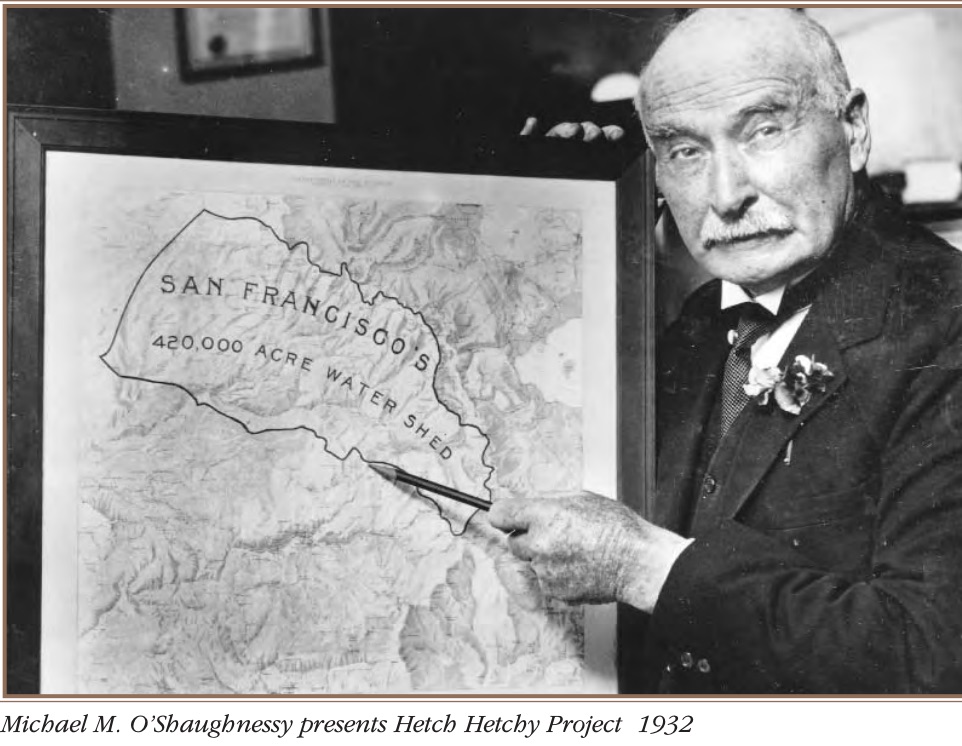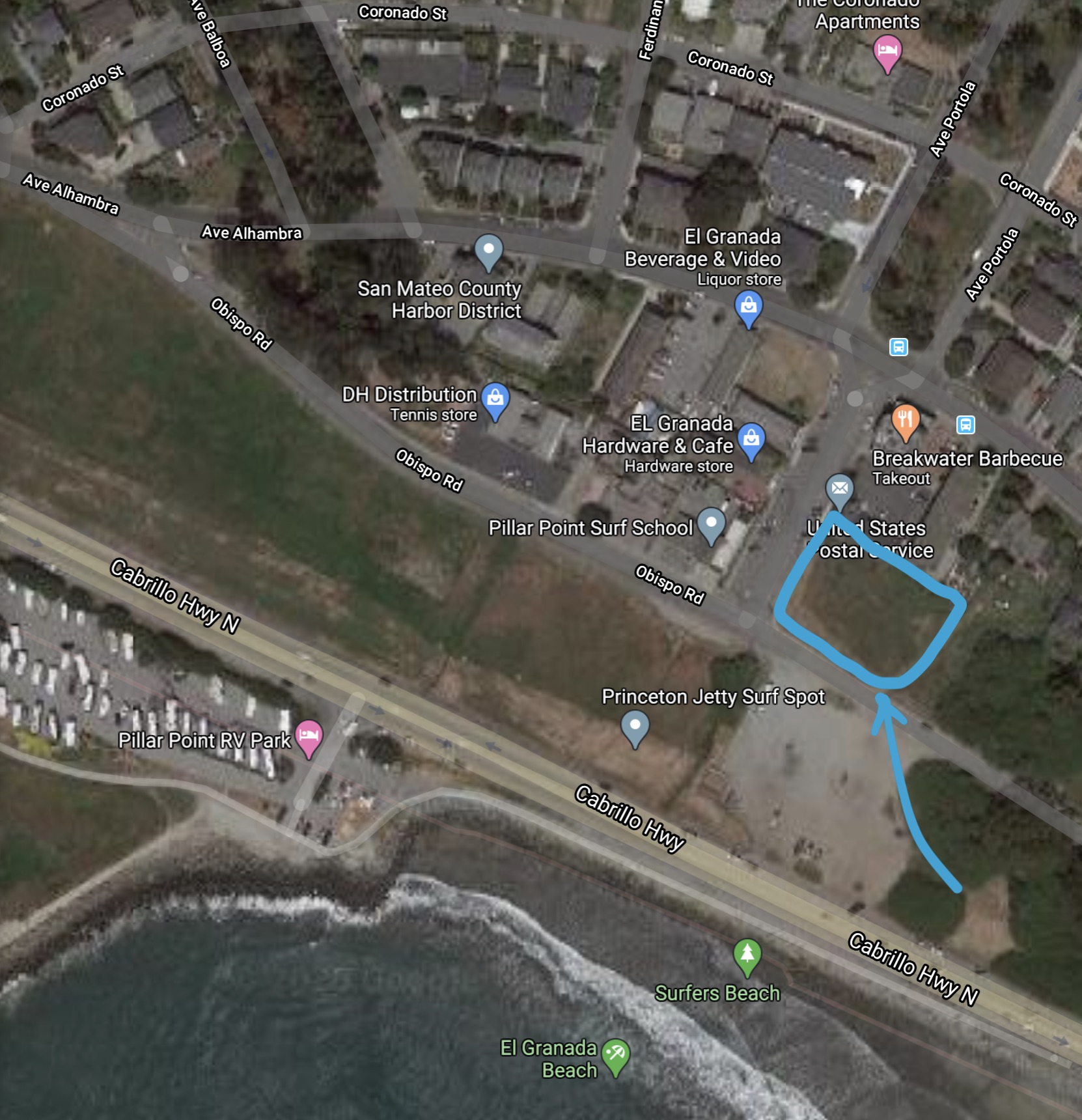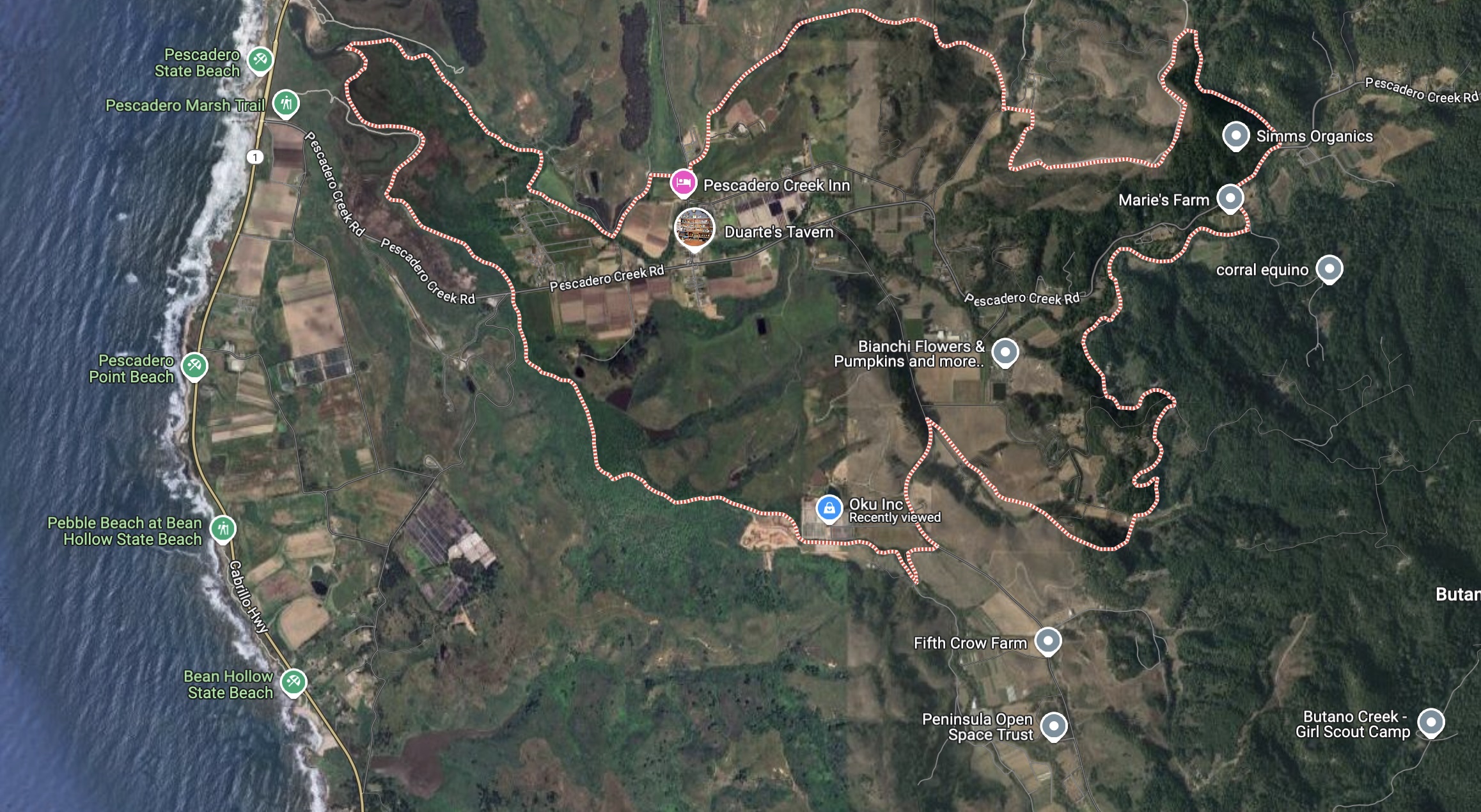|
Getting your Trinity Audio player ready...
|
OWN VOICE. ~ InPerspective by Gregg Dieguez.
The last sewer crisis on the Coastside was about spills during a wet weather event in 2017 [1]. If we don’t act proactively, the next one could be about the same thing, even if the Sewer Authority Mid-Coastside (SAM) makes the repairs mandated by settlement of recent lawsuits. Why? Because, Growth. Growth requires infrastructure enhancement at some point. And if growth consumes available capacity without funding reserves for asset replenishment, then existing ratepayers are going to subsidize the cost of the newcomers. This problem exists in the Jan. 15 Connect The Coastside (CTC) plan to enhance our transportation infrastructure; wherein the County proposed newcomers pay only $15m of the $150m price tag for growth-induced changes. The same type of problem also exists in Big Wave, where the developer is going to donate to the traffic and water infrastructure – but, in the first case, at a fraction of the true costs for traffic controls, and in the second case leaving MWSD with the burden of replacing the main at perhaps multiples of the cost when it wears out.[2] It is common in development projects that long term costs are passed on to the ratepayer base, and those costs can exist with the water and sewer burdens of Big Wave and Cypress Point or the Dunes Beach proposed in HMB.
Resist Density recently obtained an expert review of the impact of Cypress Point on the sewer system. That review points out that the sewer system is already stressed, and will not be fully repaired until June, 2024. The SAM consultant estimates $40 million are needed in repairs and replacements. In addition, the Cypress Point analysis presented by the developer “suffers from a number of inadequacies and omissions”. In addition to normal connection burdens, the expert states that “a pump station will likely be needed for the project”, creating additional risks. For those who have followed the multiple pumps blown out by “flushable wipes” recently, and considering the density of Cypress Point residents, future ‘diaper disasters’ are of concern. The real point of that expert review is that the developers have not provided meaningful, actionable details for a through evaluation of their impact, and thus we cannot be certain growth is paying for itself.
The expert review goes on to add more concerns to the known problem of handling peak wet weather flows – additional pollutant loads, the impacts of Accessory Dwelling Units (ADU’s – often “undocumented” in my neighborhood) and sludge processing and disposal. There’s more in that review, but bottom line: the cumulative impact of the recently approved “density bonus” for developers, more ADU’s, and the two major new projects in Moss Beach may require as yet unaddressed expansions to sewer, water, and fire storage systems.
So what to do?
Presently, the SAM Board seems to be debating a matter of fact: whether the peak wet weather/storm flow issues require an expansion of capacity at the plant, or more storage to smooth the peak flows, or faster pumps to avoid storage peaks and get things to the plant. I had thought it was clear from presentations by Beverli Marshall, the prior SAM manager, that storage was the cheapest and necessary solution. What is clear is that SAM is NOT safe for the next storm flow peak, and has not reached agreement on funding a project to prevent the next disaster – for even our current population burden.
So what to do about more SAM stresses from an additional 300-400 residents and an office park? I suggest the solution has two parts: one financial and another in governance. As I understand it, each local agency currently collects sewer connection fees for each new residential and commercial unit – in this case GCSD (Big Wave) and MWSD (Cypress Point). SAM gets no immediate, direct cash flow – but can require payments for capital projects down the road from the member agencies. However, from the minute those projects go online, SAM will be impacted. And during the first major storm event after occupancy, SAM may be spilling again – UNLESS it takes steps to expand storage or throughput capacity BEFORE the first wet season following those projects’ completion.
Note also that Half Moon Bay will be impacted. It is considering a Dunes Beach project. Those three developments may be good for business in HMB, but will be ‘hell on wheels’ for traffic getting there and back. In addition, they could overload the sewer system of which HMB is a part. As with the last time SAM underfunded asset replenishment, HMB is again under financial stress due to COVID-19, which could hinder advance funding of SAM capital expenditures.
My concern is that the current financial management and governance processes at SAM will be reactive to those developments, and we need SAM to be PRO-active – or we’re going to get fined again for contaminating spills. I believe the region needs to conduct a thorough assessment of infrastructure impacts from ALL projects and establish ‘impact fees’ to be paid far enough in advance of project completion that whatever sewer (and water, and fire storage) adjustments are needed can be funded and completed before the projects are occupied. At a minimum, the new joiners should be charged for a pro-rata share of the current replacement cost of the infrastructures they are joining, so they are not subsidized by the rest of us – plus specific charges for infrastructure dedicated to them.
There is also an ongoing debate about whether consolidation of public works agencies would yield benefits. That will require more analysis and subsequent articles. But the immediate opportunities for decreasing risk could be in improved Governance. If the system fails again, I could see frustrated regulators requiring a tie-breaking seat on the Board, hiring their own general manager, or even taking the agency over outright. One part of a gentler solution would be requiring SAM to hold reserves so that every capital project is not a ‘dog and cat fight’ over funding, in addition to normal debates over project justification and oversight. The forthcoming major new developments are an ‘opportunity’ to reconsider the establishment of necessary SAM capital funding reserves funded by connection fees paid to SAM that don’t let Growth ‘join the club’ for free at our expense.
_____________________________________________
FOOTNOTES:
[1]
Fines & Spills
https://www.resistdensity.org/sanitary-sewer-overflows-ssos
The San Francisco Regional Water Quality Control Board has issued a $522,700 penalty for a 344,000-gallon spill at Miramar Beach that was discovered in early March 2017. SAM engineers originally estimated the spill was 756,000 gallons and later lowered the estimate to 746,000, and finally reduced it to 344,000 gallons.
Source: HMB Review – State fines SAM $522,000 for March sewer spill, August 24, 2017
[2]
Replacement Cost
40 years at 3.5% inflation (Public Works construction cost inflation is about double the CPI) would mean a four-fold increase in cost; thus a $3m new water main would cost $12m to replace – PLUS interest if replacement reserves aren’t funded during the asset’s lifetime.
More From Gregg Dieguez ~ “InPerspective”
Mr. Dieguez is a semi-successful, semi-retired MIT entrepreneur who causes occasional controversy in the Coastside. He lives in Montara. He loves to respond to comments.






